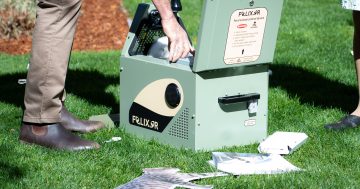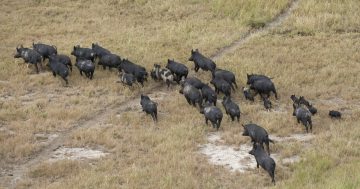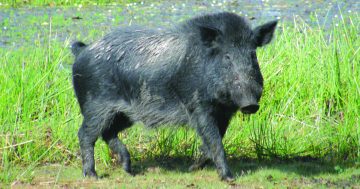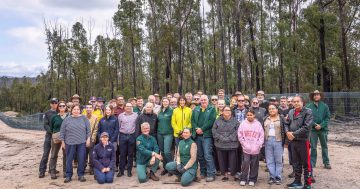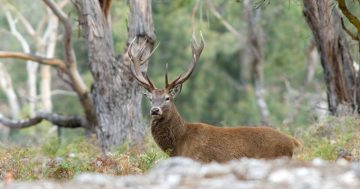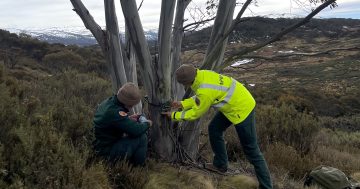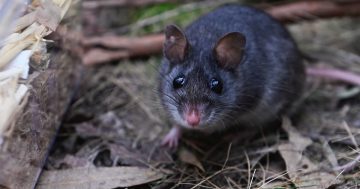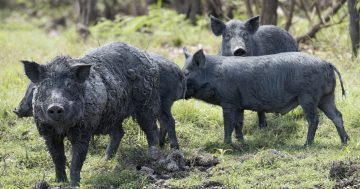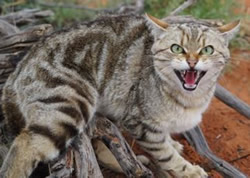 The Department of Department of Biodiversity, Conservation and Attractions (DCBA), the Department of Primary Industries and Regional Development and a range of key stakeholders have developed a Strategy to crackdown on the impact feral cats are having on the State’s native wildlife.
The Department of Department of Biodiversity, Conservation and Attractions (DCBA), the Department of Primary Industries and Regional Development and a range of key stakeholders have developed a Strategy to crackdown on the impact feral cats are having on the State’s native wildlife.
The Western Australian Feral Cat Strategy 2023-2028 is the first of its kind to be implemented by a State Government in Australia. The five-year plan is backed by a $7.6 million allocation in the State Budget.
The Strategy will encourage the use of newly-available technology, such as the Felixer, which has now received Commonwealth approval for wide-scale rollout rather than simply for research purposes.
In a statement, the Department said feral cats were the most destructive single species in Australia, costing the economy $300 million each year in damage and population control measures such as baiting and trapping.
“Every 24 hours, feral cats across the nation kill an estimated three million mammals, 1.7 million reptiles, one million birds, 2.8 million invertebrates and 337,000 frogs,” the statement said.
Almost $2.7 million will be allocated to the DCBA’s Western Shield program, which will increase aerial feral cat baiting
The Natural Resource Management Grants Program will receive an extra $2 million to help Traditional Owners, community groups and rural property owners expand their fight against feral cats.
Minister for the Environment, Reece Whitby said the Strategy was the first of its kind in the country.
“Feral cats don’t just live in our national parks, they’re on our farms and in deserts, wetlands and woodlands. This Strategy will ensure a consistent and coordinated approach right across the State,” Mr Whitby said.
“We need to work together, use new technology and think outside the box to outsmart these predators and protect what makes our State so unique.”


